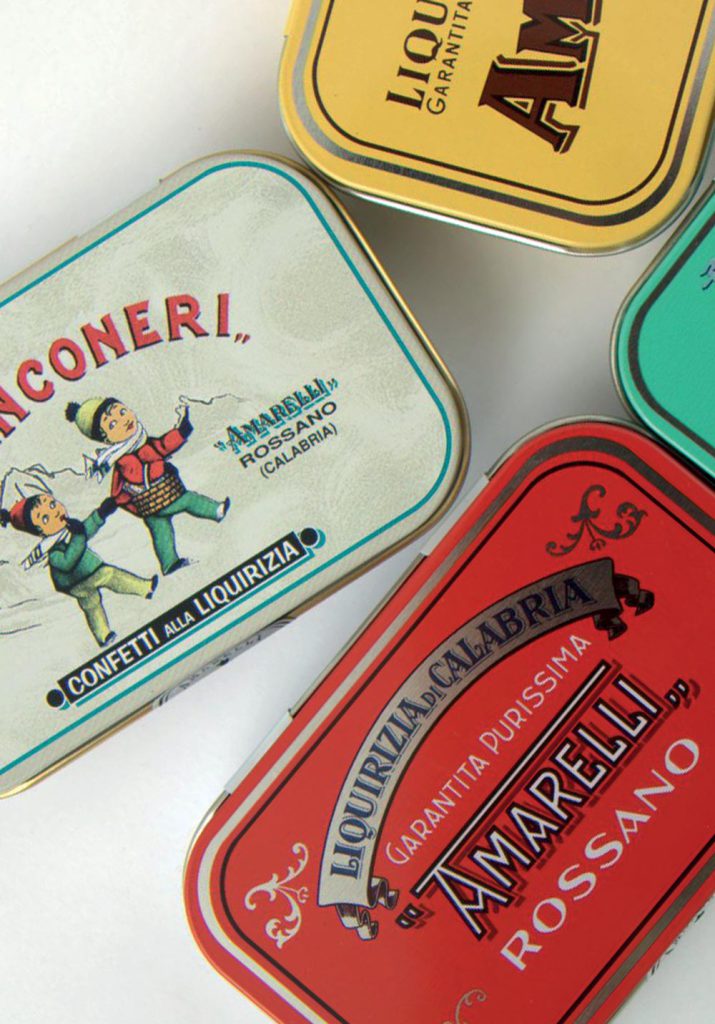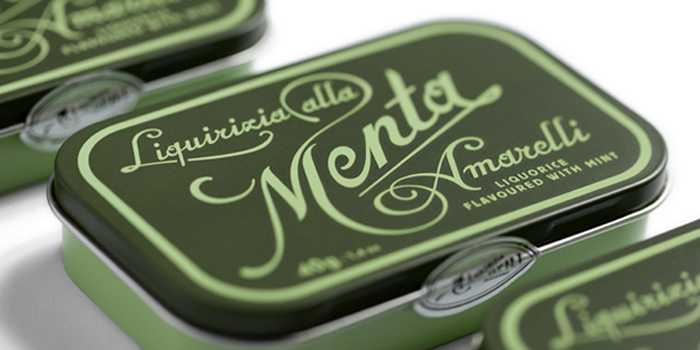 Its juice, characterized by a tonic, anti-inflammatory, and antioxidant action, with beneficial effects for throat, respiratory and digestive systems, has been well known since ancient times, as its properties were already known in the first century to Egyptians, Greeks, and Romans.
Its juice, characterized by a tonic, anti-inflammatory, and antioxidant action, with beneficial effects for throat, respiratory and digestive systems, has been well known since ancient times, as its properties were already known in the first century to Egyptians, Greeks, and Romans.
One, in particular, is considered by the authoritative ‘Encyclopaedia Britannica’ as the best in the world, thanks to a sweetness which is even forty times higher than the ‘competitors’ of Greece, Iran, Mongolia, and Afghanistan. We are talking about the ‘Princess of Calabria’, which boasts the well deserved DOP seal of the European Union: the liquorice! This is the most valuable one, which finds its habitat in the soils impregnated with calcareous clay of Alto Ionio Cosentino, whose processing and marketing dates back to the late medieval period.
The long story of ‘Giorgio Amarelli’ - as well as, since 1997, the Liquorice Museum, which is visited by 40,000 people every year and which the family wanted in order to tell its story – is characterized by passion, culture, business, and tradition, which has its roots at Rossano in Calabria, where ancient documents attest that already around 1500 Amarelli family marketed the underground branches of the liquorice plant. In 1731, in order to enhance in the best possible way the use of this product, typical of the Ionian coast, Amarellis founded a proto-industrial plant, the so-called ‘Concio’, for extracting juice from the roots of this beneficial plant. So liquorices were born. Amarelli boasts both ISO 9001 quality certification and ISO 14000 environmental certification.
An alliance between craftsmanship and technology
Fortunato Amarelli, owner of the company which came to its 14th generation, explains: «All the processing stages, from raw material to finished product, still take place in the ancient ‘Concio’, dating back to Eighteenth Century». It is a kind of furnace, where the root, after being cleaned, was placed in baskets within large cylinders in masonry, under which the fire was fed, water boiled for days, until a soft and blackish paste was created and worked by hand when it was still hot.
In skilfully restored departments, perfectly adapted to all the latest regulations, the selection processes of the roots, juice extraction, cooking, and concentration take place. All these stages are computerized and automatically controlled, but the final touch is still up to «the ‘mastro liquiriziaio’, the only one who has the title to determine the right ‘cooking point’, the suitable degree of solidification of the product during the processing of paste» as Amarelli continues to explain. From now on, the thick, black, shiny, and very scented paste takes the desired shapes through a series of prototype machinery, result of the centuries-old experience of the company. In the packaging department, liquorices are finally placed in the refined tin boxes which depict ancient images drawn from the archives of the Company and «tell its ancient story, proposing logos, advertising, unpublished sketches. Many of them were realized in the Thirties and Fifties of 20th century, while other ones are more recent».
Art Nouveau boxes
« valuable packaging for a valuable liquorice. It has always been one of the keys to the success of the brand», states the holder. Now as in the past, the nice art nouveau box, characterized by its old-retro vintage taste, is the symbol of Amarelli liquorice, 'custodian' and bearer in the world of fragrance and flavour of Calabria. A recent packaging has been created for the last centenary of the company: small metal boxes which imitate the colours of anise and mint.

